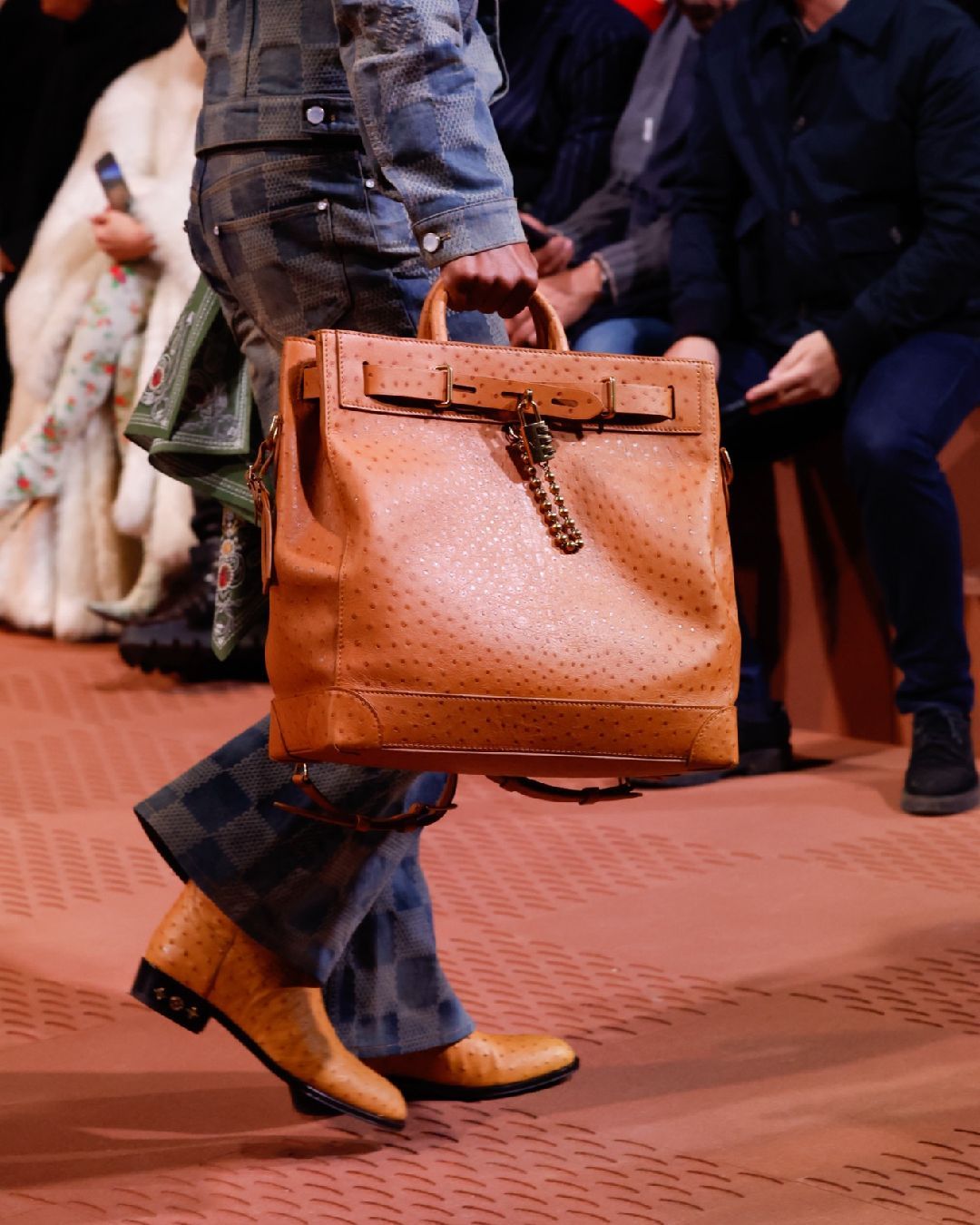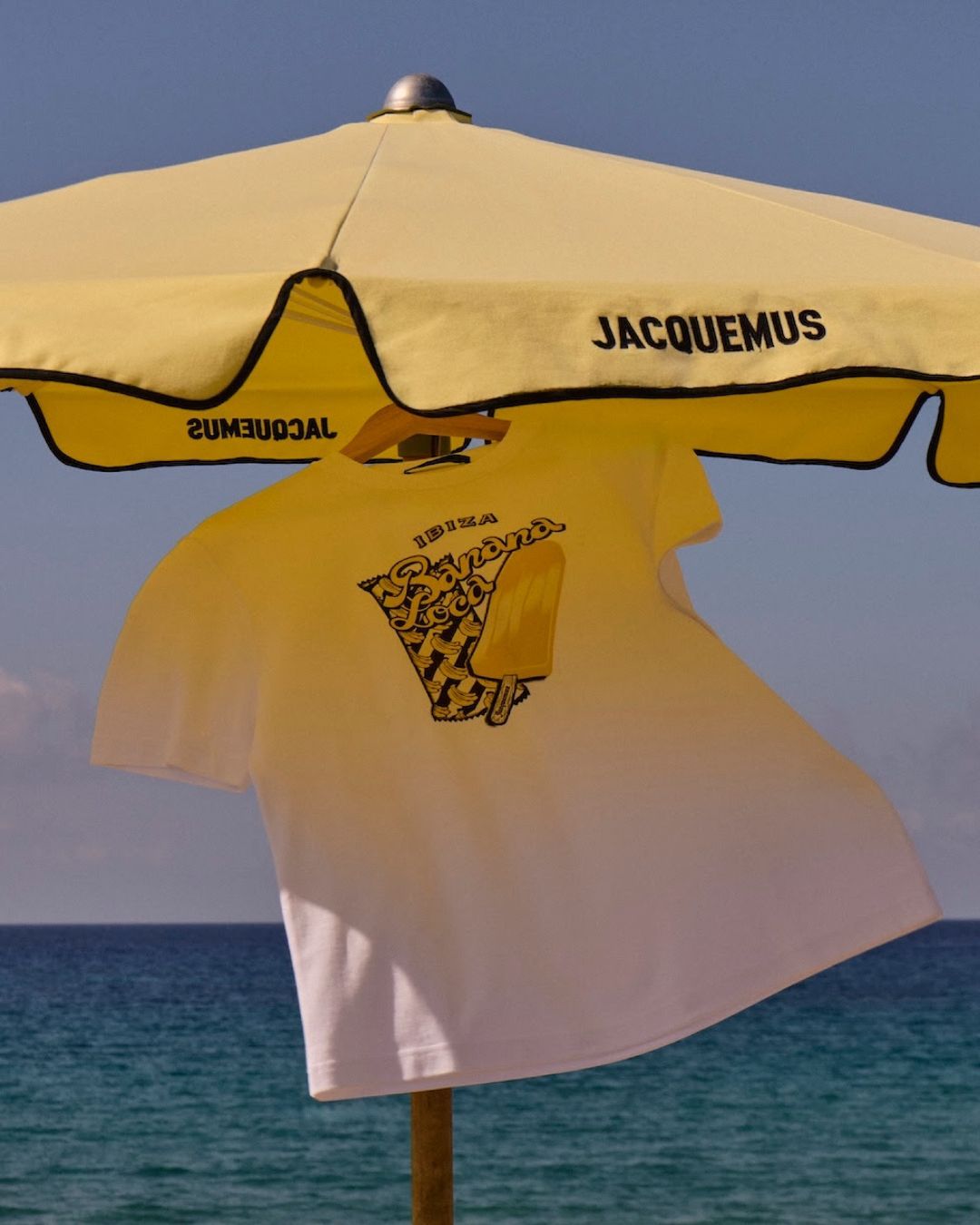
What is the Sold Out Effect? FOMO in fashion doesn't just happen at afterparties
The first garments of Phoebe Philo's newly launched brand are already almost all sold out. A brand founded this year by one of the most famous favourites of the 21st century, the success of phoebephilo.com was written in the stars well before its debut thanks to the millions of followers accumulated by the entrepreneur in the previous years, at the time of her creative direction of Céline - back when the maison still carried an accent. Of her first official drop, what particularly shocked the fashion public was the price point of the collection, proposals ranging from hundreds of euros for a brooch to several thousand for coats and bags. Two paradoxes characterise the British designer's first drop: the first is that the sold out items at the moment are the less conventional ones, namely a long asymmetrical skirt trimmed entirely with embroidered and hand-combed fringes, a satin top with attached scarf and the entire jewellery line; the second is that the fact that most items are already sold out is fuelling demand. This phenomenon is called the Sold Out Effect, a marketing practice that, whether artificially created or not, influences the consumer at an unconscious level. We don't actually know how many pieces have been produced by Phoebe Philo's new brand: for all we know, she may have only put one item per style on sale.
Making a thread of Phoebe Philo’s first collection launch and what products have already sold out -
— A (@petrichhore) October 30, 2023
1. HAND COMBED EMBROIDERED SLICED SKIRT (SOLD OUT) roughly four hours into the launch pic.twitter.com/vuEo3rbO3E
A study from 2021 shows that when a retailer makes sold out items still appear on their website, a sense of disappointment arises in consumers that can be translated as FOMO, since the scarcity of a product usually coincides with high demand. The Sold Out Effect is when consumers buy something else or join the waiting list for a product after noticing the high quantity of sold out items on a site, despite the fact that they were not initially interested in buying anything else. A practice that has existed for quite some time, it can radically change consumers' views, convincing them of the quality of a product based on information that, in truth, is not entirely transparent. The Sold Out Effect, explains the study, «happens because we believe that others have better information than we do, so if others have bought it while it lasts, it must be good. It's a form of social proof.»
Phoebe Philo's website is not the first in the fashion industry to present items online even after they are out of stock, although the brand's method certainly stands out. Currently, images of Philo's products that are sold out appear coated with a red film. Given the media traction of Phoebe Philo's first campaign and its success among critics and followers, it is possible that the first drop actually achieved record sales. And if until now most Philo-philes felt excluded from the group of consumers who can actually afford one of the designer's signature garments, at the sight of the Sold Out entry under three quarters of the new collection they can only feel an even more intense feeling of frustration, as they cannot even settle with the €850 white organza brooch that's still available.














































